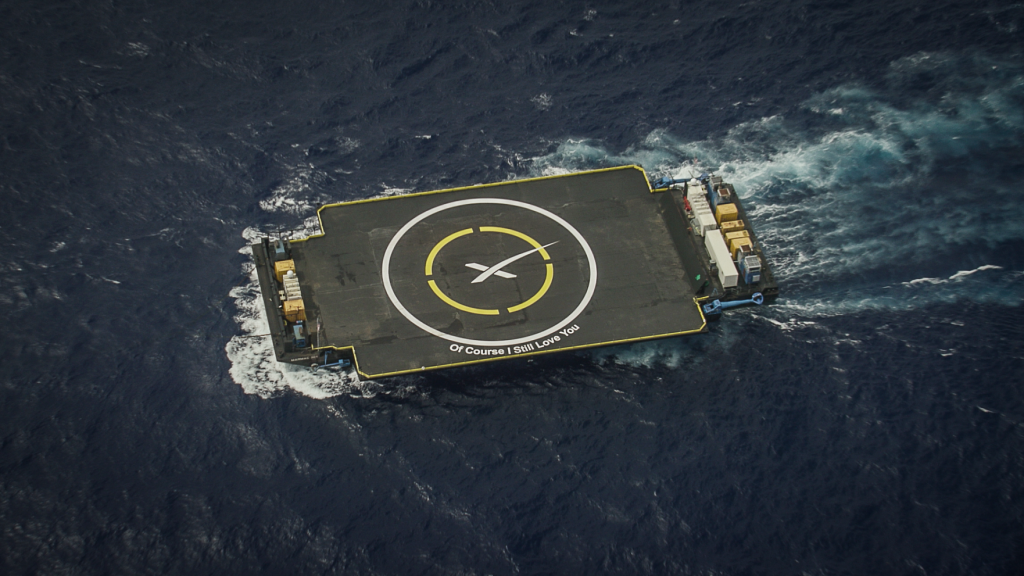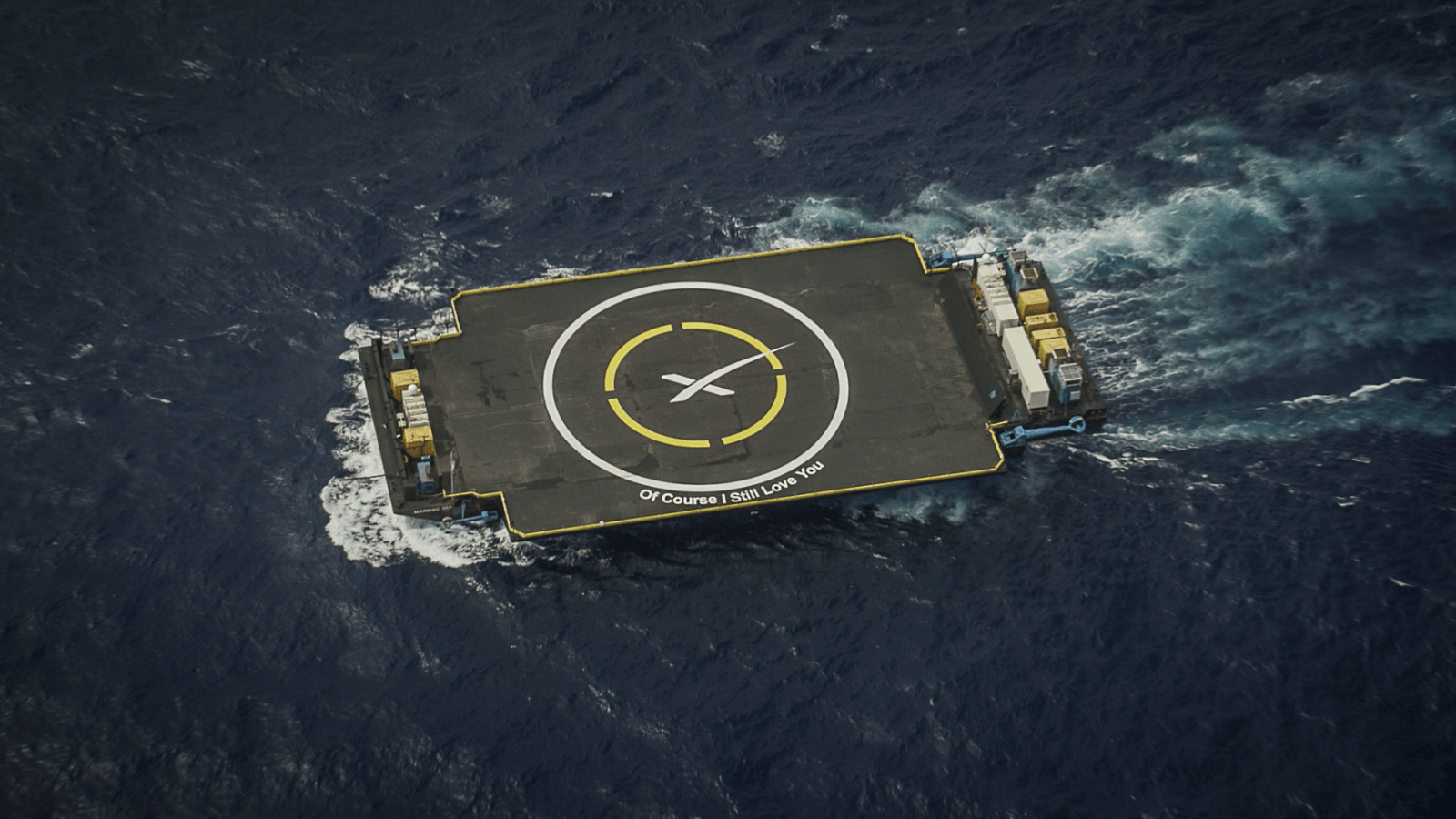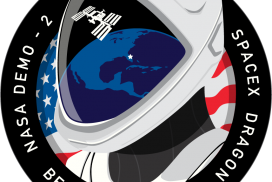With the cost of rent skyrocketing, how does one to find a decent place to live without shelling out half a paycheck. With the need to scour newer and uncharted territory for a better deal, the question begs. What is the going rate for a quaint little 1 BHK on Mars? Sound like the stuff of science fiction? Perhaps not. SpaceX, an American aerospace manufacturer, successfully landed its rocket (named Falcon 9) on a floating ocean drone ship out in the Atlantic Ocean.
An event more exciting than any sporting event (in my opinion at least, not a big sports fan). This is the first time in history such a landing has ever been achieved. Last year, in December, they returned a first stage vehicle back to the launch site (on solid ground that time), the pioneers to do so with a rocket on an orbital trajectory.
The highlight of this achievement is the long term vision for the company. In particular, the development of technology to reduce space transportation costs and enable the colonization of Mars. Besides this, they aim to put enough satellites into orbit to be capable of beaming the internet to the entire globe.

Why is this so important? Landing on a ship was key to SpaceX’s re-usability strategy because they can recover rockets that have been launched into space. The estimated cost of the Falcon 9 is a mind boggling $60 million, but refueling costs less. A rocket that goes into space and never comes back is like all that money going up in smoke (or as SpaceX CEO, Elon Musk would put it “up in rapid unscheduled disassembly”). The prospect of getting the launch vehicle safely back on the good old Earth would eliminate the need to build a new rocket. Bringing the cost of refueling, refurbishing and updating it down to $42 million. Making it cheaper for clients and edging us ever so closer to that coveted thing we call space travel.
Touching down on sea is far more important than a ground landing. Simply because the ocean drone can move into the projected trajectory of the vehicle to find its sweet landing spot, so to speak. Saving fuel which the rocket would have to use of what’s left over from the launch. This fuel is used to help adjust the rocket’s speed and orientation to make a soft landing at the right place. (Keep in mind the first stage booster has to flip over, slow down, realign to land upright from a speed of 6,000 kph). A technically challenging feat indeed. And something that a ground landing would prove to be even more demanding.
This launch is also important because of its primary mission, which was to ferry a bunch of supplies to the International Space Station (ISS), on the stage 2 vehicle named Dragon, which sits atop the Falcon 9 rocket and detaches to fly onward to the space station. It has some fancy solar panels to power its way to the ISS on a two-day journey and deliver its exciting payload of food, equipment, live mice and a bouncy castle for some space experiments.
This truly is a small step for man, but with Elon Musk believing in a self sustaining human colony on Mars by 2035, the giant leap or rather giant landing for mankind doesn’t seem too far right now. Still, I think I’ll hang onto my paycheck and snooze content in my humble bedroom. Did you watch the event live? Tell us in the comment section below.




